I am introduced by Galina Turdyeva – whose studio is in the adjacent building. Galina tells me that Asel and Kalipa, have a strong business – anchored in souvenirs and Christmas ornaments and that I should go talk with them. The door to Asel’s small studio is open. There is one table, at which two women work. Ornaments hang from the decorative branches of a wooden pedestal. A couch and table with the usual utensils for greeting impromptu guests: tea, coffee, cookies, candy and bread, are arranged in a corner.
Asel speaks great German, so the conversation with her is easier. Lucky as Elena has had to go back to school and can’t translate for me this afternoon. My Russian is still so painfully basic.
A Women’s World
Asel and I sit down to coffee. She’s a punk of a Kyrgyz with bleached blond hair. She’s got rocker shoes – those high-rising sneakers, worn down with that edge of cool. She’s wearing long blue-jean shorts and a black t-shirt. She’s comfortable in her body, and occasionally flicks back her dyed blond bang. She’s clearly a city girl – but a metallic city girl with that tough attitude.

I’m a little tired and so we sit down on the Ikea-like studio couch and have coffee and some samosas before a more formal interview. Asel asks me how old I am. Answering 27, she asks, like everyone else here, if I am married. No I tell her, I have just broken up with my lover of almost seven years. I have been thrust out into the world, strong and a little disoriented. She nods saying that sometimes it is right to leave, or be left. She’s breaking up with her husband right now, and is worried about her daughter. It’s a little sad to bond over sad love stories, but I like these impromptu moments of intimacy with women.
Back to Business
Asel’s mom, Kalipa, has been an artist and designer for the past 30 years. Seeing the market potential for felt souvenirs she joined in the stream of artists and opened her studio in 2000. She received a starting grant from Aid to Artisans – the American development organization that really (and surprisingly) has done an impressive and positive job in Kyrgyzstan. With that first USD 1,500 Kalipa was able to kick-start her creative and business visions.
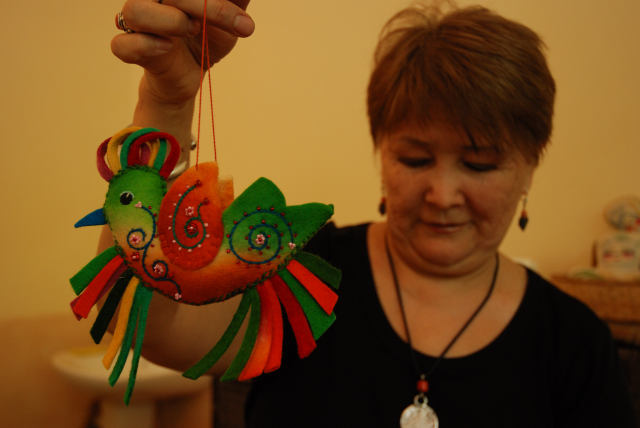
Asel joined her five years ago to lead the business and sales aspects of the studio, while Kalipa focuses on the creative designs. At first Asel and Kalipa sold their products exclusively through craft stores in Bishkek (Tumar, Kyrgyz Style, Tsum etc.), but taking advantage of Asel’s German, the mother/daughter team started directly selling their products in Germany. Asel attends the Import Shop Berlin sales forum each year, where each year she sells almost everything that she has brought and also gets orders from several buyers.
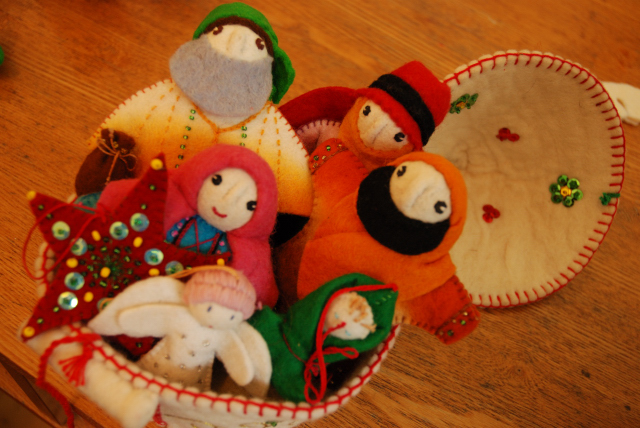
Asel and Kalipa stand with pride in their studio, and with unfeigned pleasure they state that their organization is the second or third leading organization in Kyrgyzstan for felt products, behind only Tumar Studio. They state however that they are the uncontested leaders in the small souvenir market. Today their studio employs 50 women. They have a revenue of about 20,000 to 30,000 USD per year. Last winter alone they made 10,000 USD over the Christmas season. Theirs is a successful and profitable team.
A Kyrgyz Business Model
Asel and Kalipa follow the business model that I will encounter throughout Kyrgyzstan.
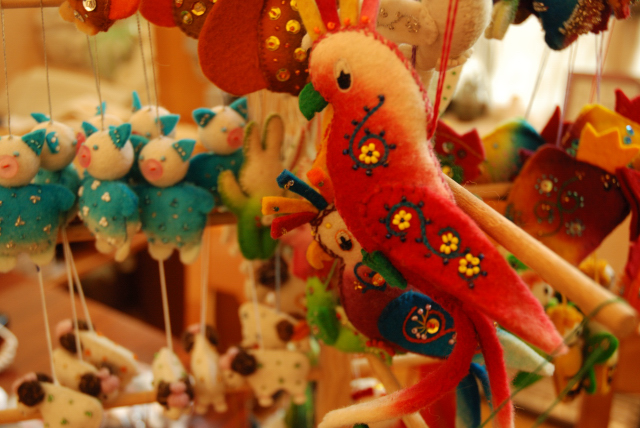
It is a business model centered on the need for high and consistent quality and design control. It also takes advantage of the high unemployment rate in Kyrgyzstan, providing part-time home-based labor to unemployed women.
The business model is centered on one studio/organization/NGO, but involves a wide network of female employees based in their homes, in the villages in close proximity of the organization. One or two studio leaders design all the crafts that will be made by the organization and its network. Based on those designs, four to five full-time salaried staff work in the main studio and prepare the various felt pieces that are needed for each design. They prepare the felt, choose the colors, and cut out the pieces according to pre-determined sizes. The four to five full-time workers than create “craft kits” which include the felt pieces, the chosen color of thread that will be used to assemble the pieces, as well as all the accessory beads or tassel.
The main studio then distributes these ready-made “craft kits” to their network of home-working women. These home workers will be paid per piece for their assembly and embroidering of the pieces. They bring the finished pieces back to the studio and pick up the next order of “craft kits”.
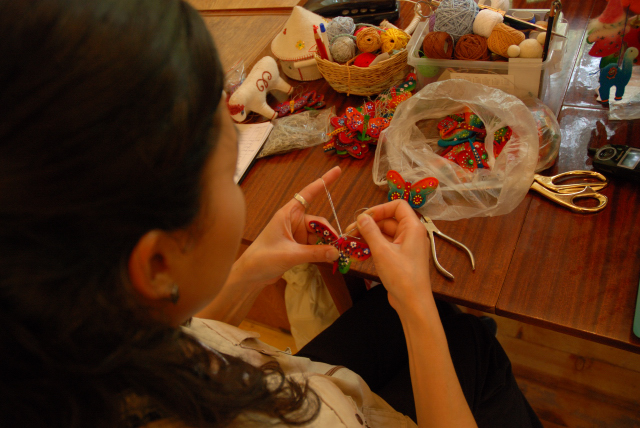
Integral to this business model is the idea of development. And these businesses not only create vital jobs, but are also aiding in the revival and preservation of traditional gestures and crafts.
As I am talking with Asel and Kalipa, two women are preparing the craft kits that will be distributed to their network of 50 women. One woman comes into the studio with her finished pieces. She is a young and beautiful woman, her work precise. Asel goes over each of the more than 30 pieces (small angel ornaments), making sure that they are well assembled. The work is well done. They give her a next “craft kit” that she will assemble over the next two weeks.
Kalipa says that many women come to the studio looking for work. They try to give as many women as possible the opportunity to work with them, but they say there are just too many women looking for employment. They are proud that they give good salaries to their network of women.
Asel and Kalipa are looking to expand, building a bigger main studio and employing a larger network of women. They are not going to take out a loan, but rather re-invest some of the previous years’ profit. Their biggest challenge will be how to find more demand – they know it exists, but they need the capability to seize and attract it. They tell me this would be possible with a multi-lingual staff.
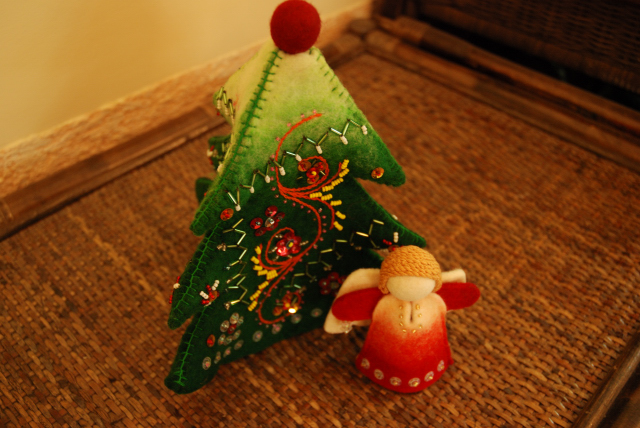
They are optimistic about the future, and now have the financial security to take risks and explore market options. Watch this mother-daughter team get BIG.





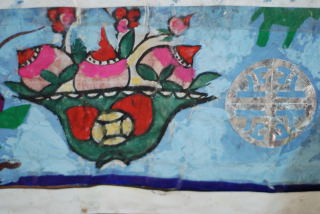

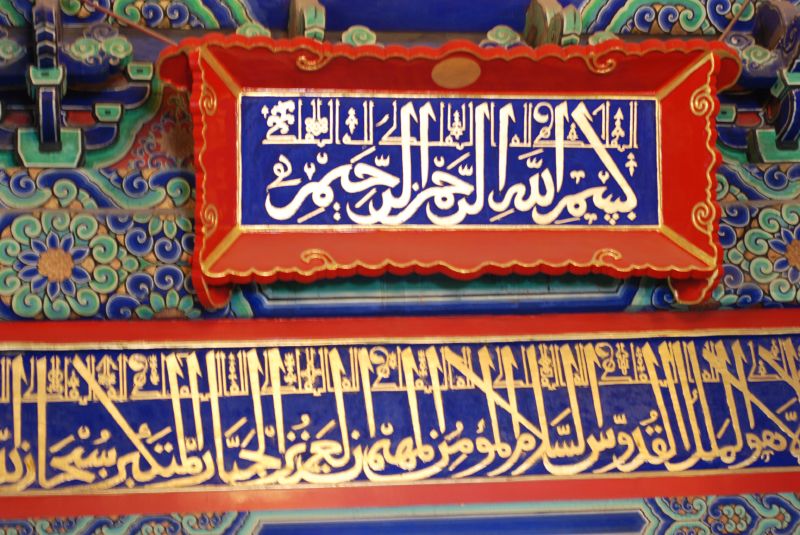

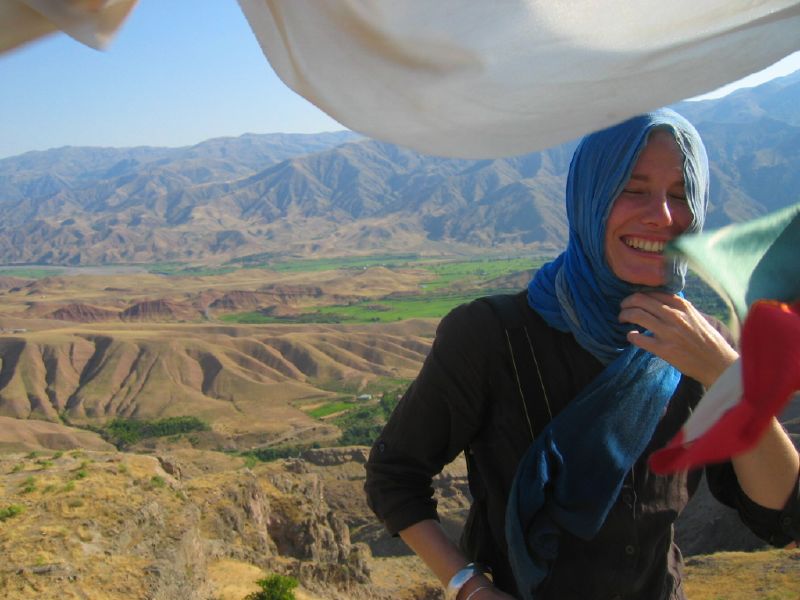
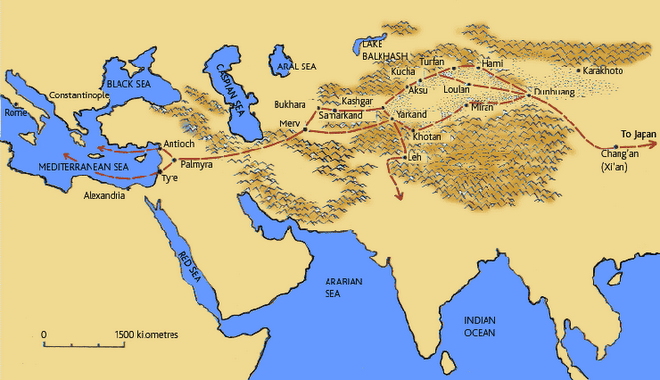
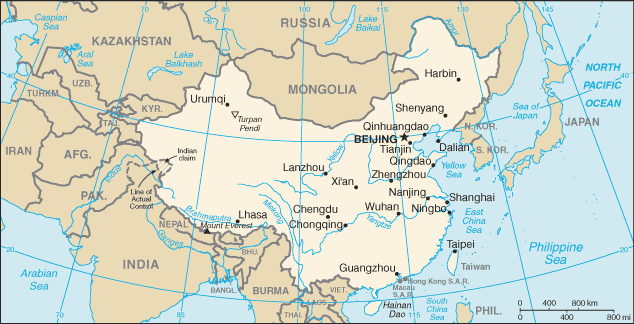
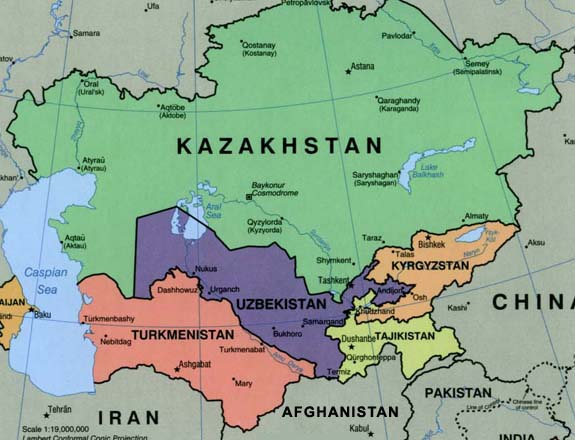
2 comments:
The "craft kit" model you describe is very like the model used by women in North Georgia (USA) during the height of the chenille bedspread era (Depression era?). The large sheet/fabric base was marked with pattern, and distributed to women who, working in their homes, followed the the pattern with their needlework. The pickup truck would go around and collect the finished bedspreads, and the women were paid by the piece.
That's really interesting - thanks for the comment. I have encountered this model recently in Uzbekistan - and it seems to work there too.
Post a Comment